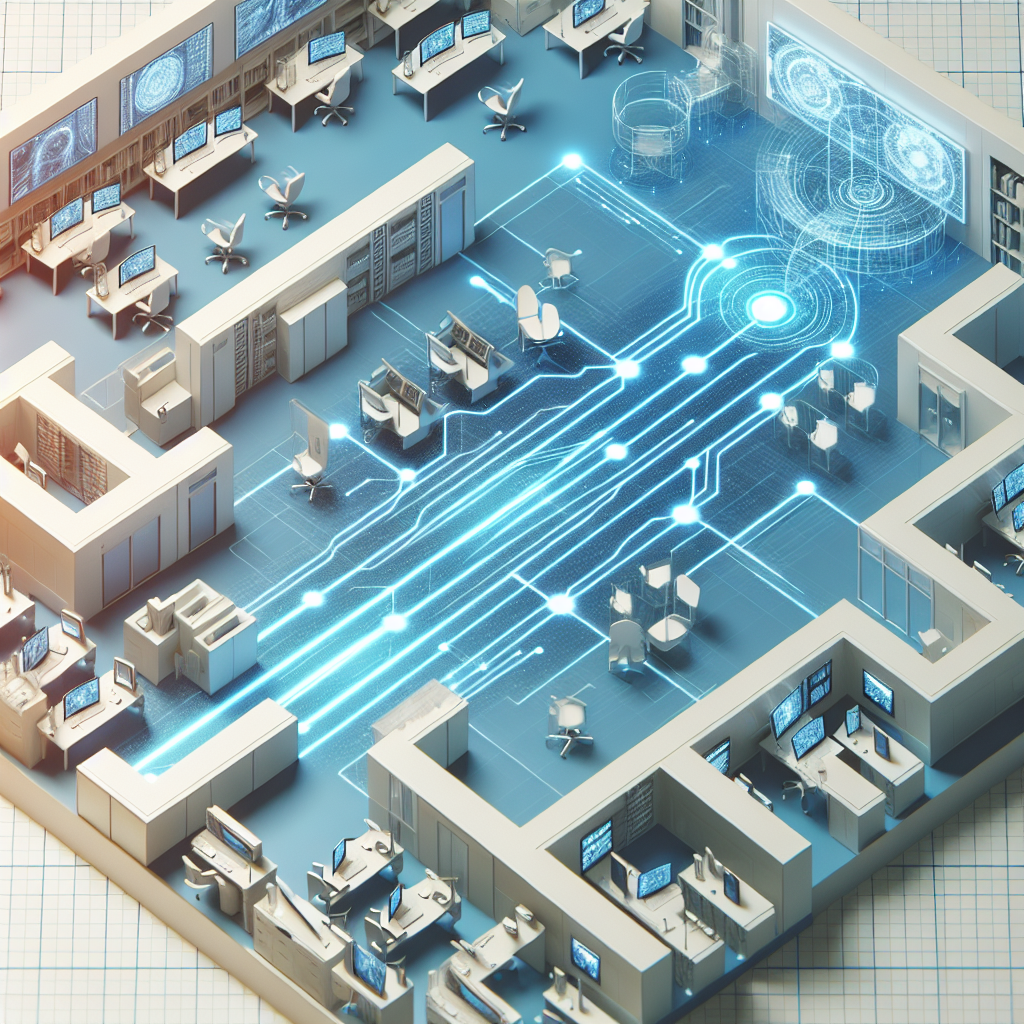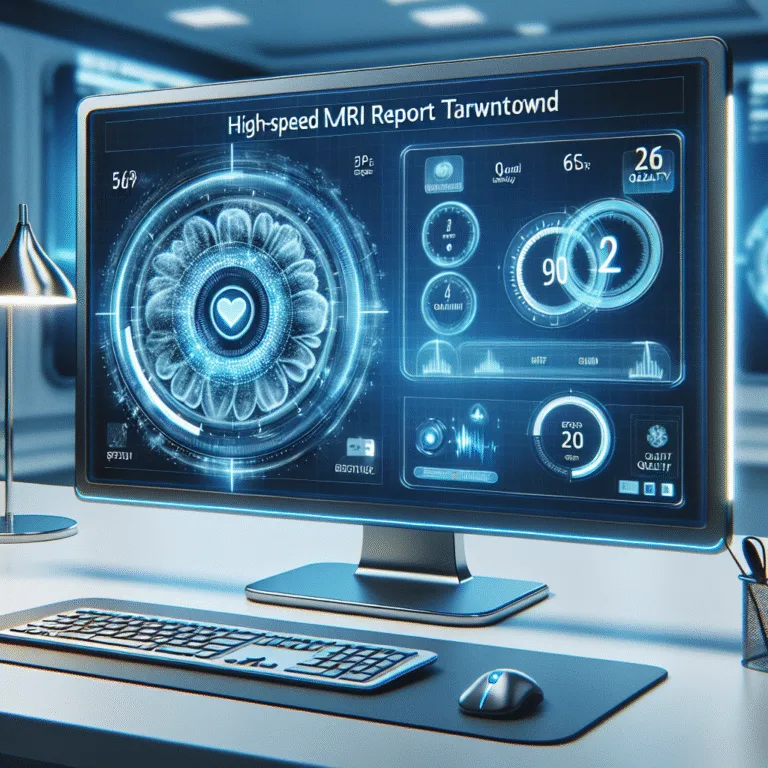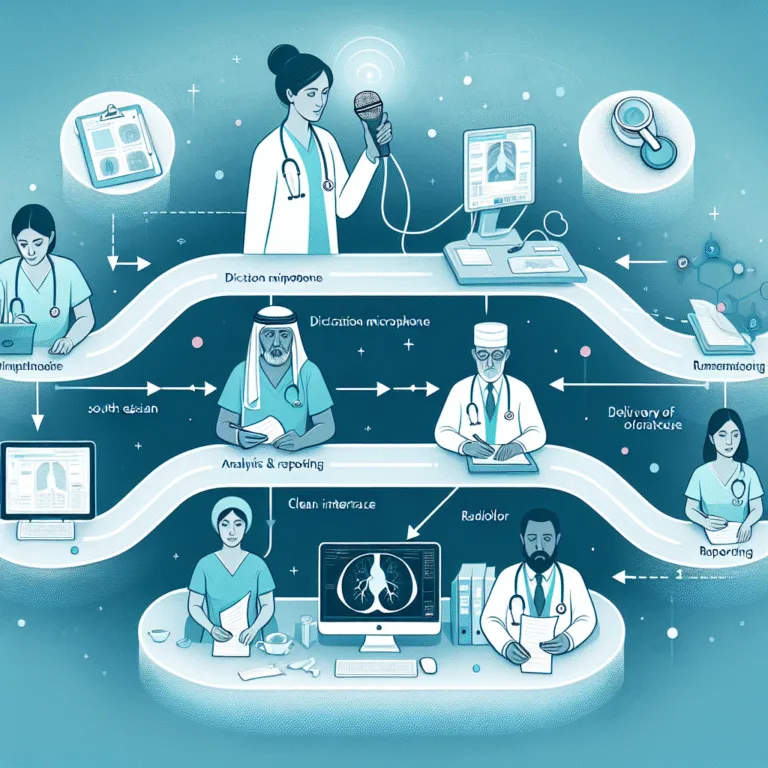Radiology Workflow Optimization: A Practical Guide for Modern Clinics
Radiology departments are vital to healthcare systems, providing crucial imaging services that aid in diagnosis and treatment. However, to meet the growing demands efficiently, it’s essential to streamline the radiology workflow. Inefficiencies in this workflow can lead to delays, reduced patient satisfaction, and clinician burnout. This guide will walk you through practical strategies for optimizing your radiology workflow, enhancing productivity, and ensuring a smooth operation from image acquisition to report distribution.
Understanding the Key Components of Radiology Workflow
Radiology workflow encompasses a series of interconnected steps that begin with patient scheduling and end with report delivery. Understanding these components is the first step toward optimization:
1. Patient Scheduling and Preparation: Ensure that patient schedules are well-organized to prevent bottlenecks. Efficient scheduling systems help in managing appointment times by accounting for various factors such as patient priority and study length.
2. Image Acquisition: Streamline the process of capturing high-quality images. This involves maintaining and calibrating imaging equipment and ensuring that radiology technicians are well-trained and proficient in using these technologies.
3. Image Analysis and Interpretation: Speed up the interpretation process by integrating artificial intelligence (AI) tools which can assist radiologists in image analysis, reducing the time needed for diagnosis.
4. Report Generation and Distribution: Utilize voice dictation and AI-powered tools like Rad Report AI to create accurate and concise reports quickly. Efficient distribution methods ensure timely delivery to referring physicians.
Implementing Technology in Radiology Workflow
Technological advancements have revolutionized radiology, providing tools that facilitate workflow optimization. Here are some critical technologies to consider:
1. Picture Archiving and Communication System (PACS)
PACS eliminate the physical barriers associated with traditional film by storing medical imaging electronically. This system allows for rapid access and sharing of images among medical staff, promoting collaborative efforts for patient care.
2. Radiology Information System (RIS)
An RIS supports efficient patient management, scheduling, and billing by keeping comprehensive records linked to radiological images. This system allows seamless integration of patient data, supporting informed clinical decisions.
3. Speech Recognition and AI-Powered Reporting Tools
Leveraging AI and voice recognition software can drastically reduce the time spent on report writing. Solutions like Rad Report AI enhance report accuracy while liberating radiologists to focus more on image interpretation and patient care.
Best Practices for Workflow Optimization
Successful workflow optimization requires a commitment to best practices that ensure ongoing improvements. Here are a few strategies to consider:
Standardize Protocols
Standardizing imaging protocols can decrease variability and improve efficiency. This means ensuring that all technicians perform specific procedures uniformly, leading to consistent image quality and reducing rework.
Staff Training and Development
Regular training keeps staff proficient in using new technologies and understanding workflow processes. Encourage continuous learning to stay updated with the latest advancements in radiology.
Optimize Communication Channels
Ensure robust communication channels within the department and with other healthcare providers. Timely updates and clear instructions minimize misunderstandings and keep the workflow on track.
Regularly Review and Evaluate Workflow
Conduct regular assessments of the workflow to identify bottlenecks and areas for improvement. Employ feedback mechanisms from staff to gain insights into practical adjustments.
Addressing Common Challenges in Radiology Workflow
Workflow optimization is not without its challenges. Common issues include:
– Data Silos: These occur when information is fragmented across different systems, making it hard to access comprehensive data. Integration of all systems via a centralized platform is crucial.
– Resistance to Change: New processes and technologies can be met with resistance. Engage stakeholders early in the planning stage to garner support and ease the transition.
– Limited Resources: Budget constraints may limit the adoption of advanced technologies. Prioritize investments by focusing on technologies with the highest ROI potential.
The Role of AI in Transforming Radiology Workflow
AI has emerged as a game-changer in radiology, offering solutions that address some of the most significant workflow inefficiencies. AI applications can:
– Enhance Image Analysis: AI algorithms can quickly process vast amounts of imaging data, flagging anomalies for radiologist review and prioritizing urgent cases.
– Improve Report Accuracy and Speed: AI-driven reporting tools like Rad Report AI enable seamless voice dictation, automating tedious tasks and reducing turnaround time.
– Facilitate Decision Support: AI assists in clinical decision-making by providing insights drawn from large datasets, which aids in crafting personalized treatment plans.
Optimization of the radiology workflow not only improves operational efficiency but also enhances patient care by delivering faster and more accurate diagnoses. By incorporating technological advancements and adopting best practices, radiology departments can transform potential friction points into streamlined processes that support modern clinical demands.
For a deeper dive into implementing AI in healthcare settings, explore resources from reputable institutions such as the American College of Radiology and Radiological Society of North America.
Finally, as the radiology field continues to evolve, the integration of AI tools like Rad Report AI can significantly enhance a clinic’s ability to meet growing demands efficiently.
🚀 Try Rad Report AI For Free — and experience faster, smarter reporting today.







